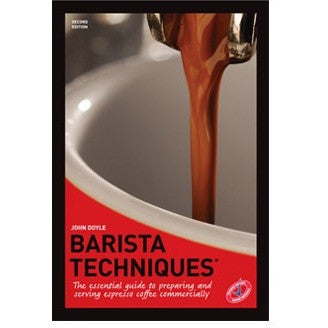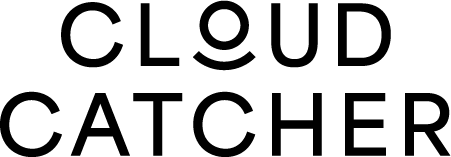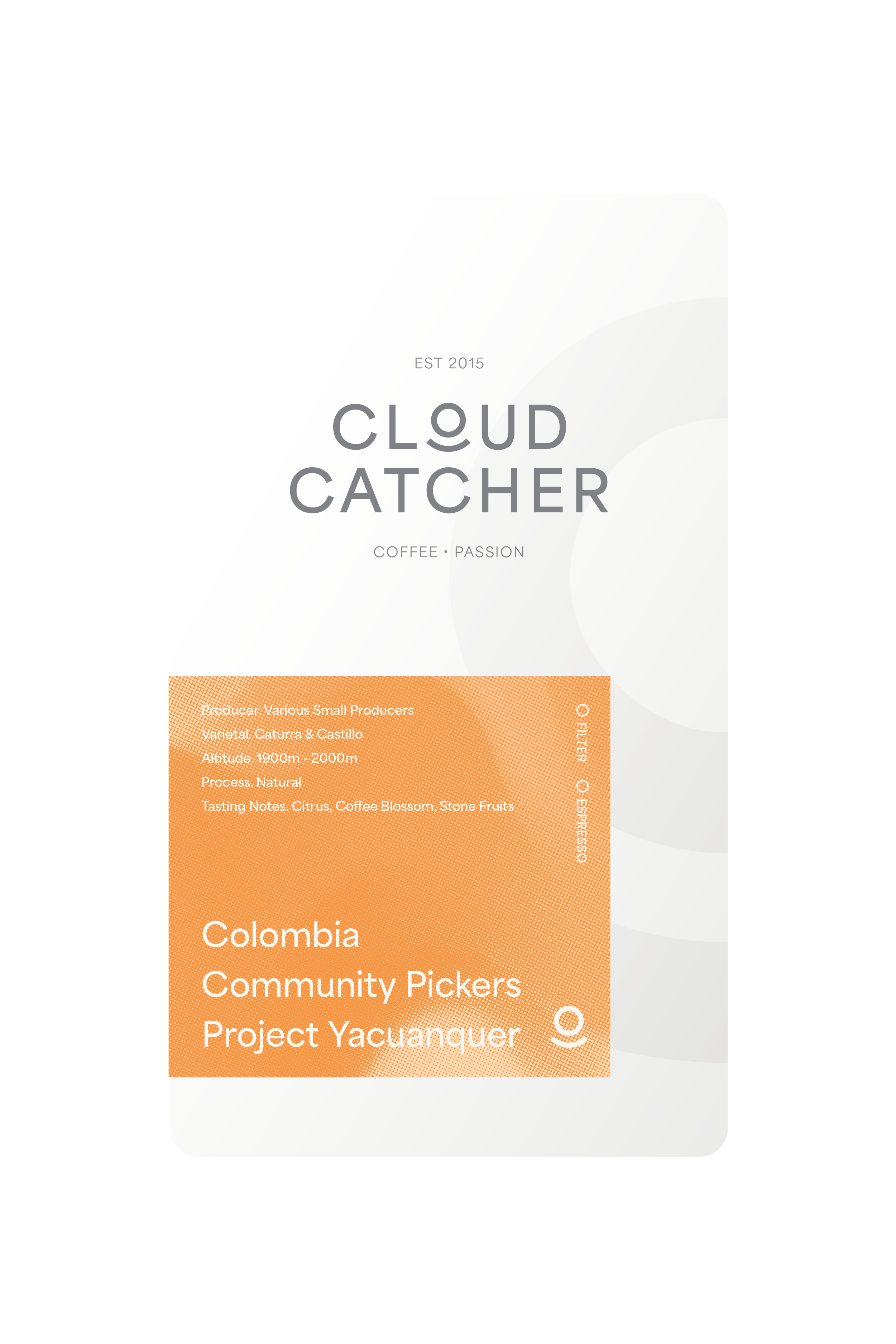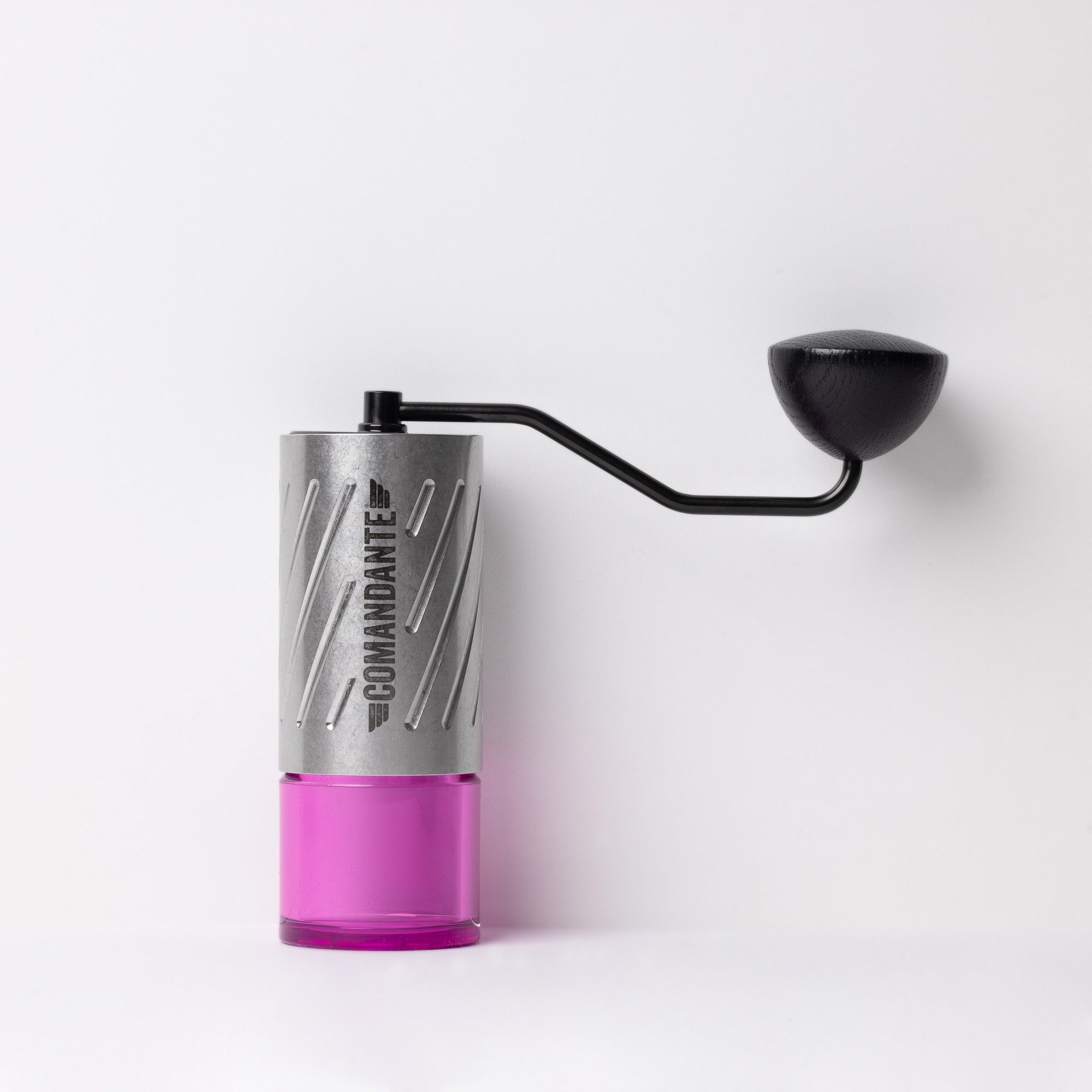
Barista Technique Global Edition by John Doyle
to Preparing and Serving Espresso Coffee Commercially.
Barista Techniques ® Global Second Edition with over 40 pages of new text and meets world's best practice. It builds on the internationally acclaimed and successful first and second editions which sold more than 15,000 copies worldwide.
This coffee training resource covers all the necessary barista basics. These barista basics include preparing the work area, espresso machine and grinder, seasoning the espresso machine and advising customers. Other essential barista skills covered in detail are, grinding coffee, espresso extraction, milk texturing and cleaning the espresso machine. Also included are an extensive glossary of coffee terms, chapters on water treatment for espresso machines, history of coffee, roasting basics and assessment tools for baristas.
Additional sections in this second edition include:- Caffeine, decaffeinated coffee and the decaffeinated coffee process
- Reasons for adjusting the grinder
- What is the 'perfect espresso'?
- Key elements for the 'perfect espresso'
- Extraction rate and volume
- Visual indicators for extracting espresso
- Extraction variables
- Dosing methods
- Steps for packing the filter basket
- Types of tampers and tamping styles
- Filter-basket size
- Common extraction problems
- Correct and incorrect extraction
- Milk preferences and characteristics of milk
- Splitting the milk
- The importance of correct cup sizes
- Methods for rinsing group handles and filter baskets
About Author
Growing up in Sydney, Australia, John has been passionate about espresso coffee and fine wine for more than 25 years. During that time he has seen a number of industry changes, and has been a distributor of espresso equipment and accessories, roasted coffee beans, coffee publications and boutique wines.
John is an accredited coffee-industry workplace trainer and assessor, and has successfully completed a number of related courses. He has also been a member of the AustralAsian Specialty Coffee Association (AASCA), the Café Biz Network and the Australian Sommeliers Association (ASA). Over the years he has been involved in the establishment of a number of specialist barista-training programs, facilitated and assessed at various organisations, including TAFE, and contributed to a number of industry publications. In 2011 he attended the Specialty Coffee Association of America (SCAA) Instructor Development Program (IDP) and qualified as a SCAA Certified Lead Instructor.
Serving as a judge at the AASCA state and national barista competitions, the Golden Bean Roaster Competition, the New Zealand Coffee Awards, the Maitland Aroma Festival (2009, 2010 and 2011), and various industry related events has only increased his passion, commitment and quest for knowledge. He is a past member of the national executive and a past public officer of the AASCA and has been directly involved in competition judge calibration and competition organisation. In 2011 he was awarded Life Membership to the AASCA for his past service.
Shipping and Return Policy
Please allow between 5 - 14 days for your order to arrive. If more than 14 days have passed please email us to review the status of your order. Refunds will be handled through email if necessary.
Please report any discrepancies within 7 days upon receiving shipment.
You are responsible for any import fees or taxes in your country, please investigate with your country’s Customs department – prior to ordering – for import of roasted coffee or accessories.
Once your return is received and inspected, we will send you an email to notify you that we have received your returned item. We will also notify you of the approval or rejection of your refund.
If you are approved, then your refund will be processed, and a credit will automatically be applied to your credit card or original method of payment, within a certain amount of days.
Choose options



